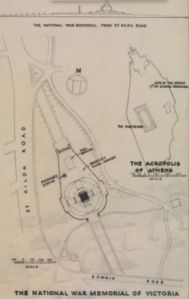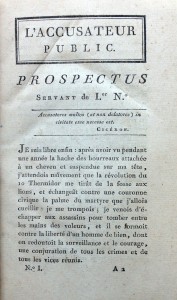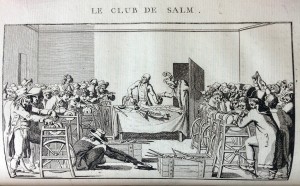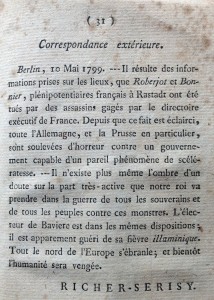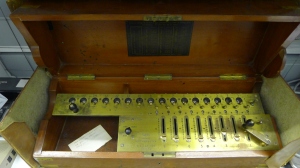Stories Amongst the Vines: Viticultural Society of Victoria New Acquisition
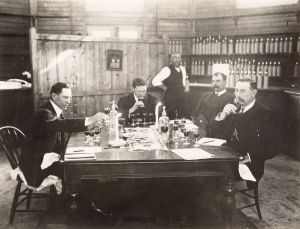
The Viticultural Society of Victoria (VSoV) played an important role in popularising the fine art of wine drinking in the twentieth century. The VSoV was formed in 1905 when wine consumption and the wine industry were at their lowest ebb – plagued by the debilitating effects of phylloxera disease on vineyards, a powerful temperance movement and the public preference for tea drinking. University of Melbourne Archives acquired the VSoV collection in 2013 further enhancing its wine industry holdings – it will be available for research use during the first half of 2014. In the meantime an article about the Viticultural Society of Victoria will be published in the next UMA Bulletin highlighting the VSoV research value.

